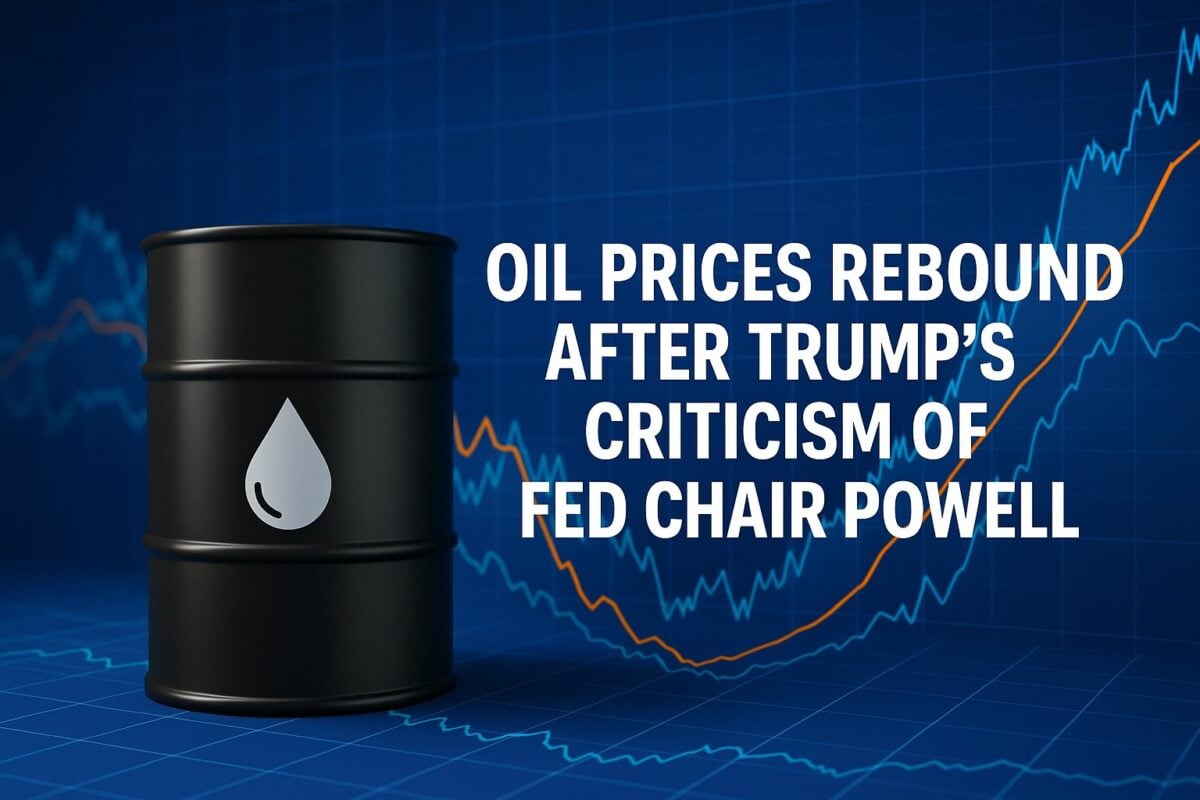
Ukrainian Offensive Forces Control 1,000 sq km in Kursk
Table of Contents
General Valerii Zaluzhnyi, the top military commander of Ukraine, has stated that the Ukrainian offensive now holds 1,000 sq km of the Kursk region. This marks the first time a Ukrainian defence official has publicly acknowledged the lightning invasion’s successes, which have caused significant embarrassment for the Kremlin.
In a video posted on Monday to Ukrainian President Volodymyr Zelensky’s Telegram channel, Gen. Oleksandr Syrskyi also addressed the situation. He provided the president with a briefing on the front-line developments in the video.
Nearly a week after the surprise Ukrainian attack, Russian troops are still unsure how to react.
With its incursion into the country’s south, Vladimir Putin, the president of Russia, claims that the Ukrainian offensive is attempting to diminish Russian security and issues a warning that it will face “a worthy response.”
The western portions of the Kursk region were overrun by Ukrainian forces last week as they broke through the Russian border. Since Russia began its war in Ukraine in 2022, this is the largest cross-border incursion.
Seemingly caught off guard, Moscow responded by deploying its forces to halt the invasion. On Monday, the Russian Defense Ministry announced that it had sent more troops and supplies to Kursk but did not specify how many.
Russian Retaliation: Response to the Change in Power Dynamics
Ukrainian President Volodymyr Zelensky claimed that Russia had started wars with other countries and was now facing a return to its own land. In response, Russian President Vladimir Putin ordered troops to “kick the enemy out,” labelling the Ukrainian offensive a “major provocation.”
According to acting regional governor Alexei Smirnov, 59,000 people were evacuated for their safety in the Western region. He also reported that Ukrainian troops had taken 28 villages, resulting in the deaths of 12 civilians.
Last Tuesday, Ukrainian soldiers launched a surprise attack, advancing up to 18 miles into Russia. However, the Ukrainian commander-in-chief doubted the claim of taking over 1,000 sq km of Russian land.
The Institute for the Study of War also questioned the extent of Ukraine’s control over the region. Alexei Smirnov noted that Ukrainians had advanced 12 km into Russian territory, covering a width of 40 km.
US President Joe Biden called the Ukrainian invasion of Kursk a “real dilemma” for Putin. Biden stated he was briefed on Ukraine’s actions every four to five hours over six to eight days. These were his first significant remarks regarding the operation, which started in the early hours of August 6. On Monday, Putin said Ukraine’s invasion of Kursk would not threaten Russian stability or succeed.
Russian Evacuation: Effect of the Attack
During a televised meeting, Putin stated that the attack aimed to create discord, terrorise people, and destroy Russian unity. He emphasized to officials that the defence ministry’s primary task was to drive the enemy out of Russian territory.
Regional governor Alexei Smirnov provided an update, reporting that 121,000 people had left the Kursk region since the fighting began. He also confirmed at least 12 deaths and 121 injuries as a result of the conflict.
On Monday, local authorities announced that they had expanded the evacuation zone in Kursk to include the Belovsky district, home to 14,000 residents. Meanwhile, the neighbouring region of Belgorod also declared an evacuation for its border district, Krasnoyaruzhsky.
Putin declared that Russia would react by providing “unanimous support for those in distress” and asserted that more men were enlisting to fight. He declared, “The enemy will obtain a worthy response.”
In his nightly speech on Monday, Ukrainian President Volodymyr Zelensky told the Ukrainian people that Russia had used the Kursk province to launch numerous strikes against Ukraine, making the current operation a matter of Ukrainian security.
Meanwhile, Belgorod, a region bordering Russia, has declared a state of emergency due to ongoing attacks by Ukrainian forces. Earlier this week, about 11,000 residents of a Belgorod neighbourhood were evacuated due to a nearby Ukrainian operation.
The Kursk region, located south of Belgorod, has become another focal point in the conflict. Yesterday, Ukraine claimed control of 74 Russian settlements in the area. In response, Russia stated that it had begun efforts to block Ukraine’s invasion, which has been ongoing for a week.
The History of the Attack
Ukrainian President Volodymyr Zelensky claimed that since June 1st, Russia has attacked the northeastern Sumy region of Ukraine, located across the border from the Kursk region, nearly 2,100 times.
The Russian attack on Ukraine follows a series of slow advances by Russian armed forces in the east. This latest assault has put significant pressure on Ukraine’s troops as they struggle to repel Russia’s heavy use of assault troops and gliding bombs.
According to Andriy Zagorodnyuk, a former minister of defence for Ukraine, the Kursk operation attempted to divert Russian forces and their leadership away from the front lines in the east.
While there have been other incursions into Russian territory during the nearly two-and-a-half-year war, the foray into the Kursk region marked the most significant attack on Russian soil since World War II. This event represented a turning point in the hostilities, as it was the first time the Ukrainian army directly led an incursion rather than relying on Russian fighters who had been supporting Ukraine.
Putin’s efforts to portray Russia as unaffected by the war were severely undermined by the recent advance. State propaganda aimed to divert attention from the military’s lack of preparation and slow response by downplaying the attack and emphasising the authorities’ efforts to assist the local population.
Is Volodymyr Zelensky Ready for Retaliation?
Ukraine has been preparing for additional Russian strikes in retaliation for its most recent cross-border incursion. A Russian air strike outside of Kyiv on Sunday resulted in at least two fatalities and three injuries. As the fighting intensified, Ukraine announced that it had evacuated 20,000 people from Sumy across the border from Kursk.
Neither side reported increased radiation, despite Moscow and Kyiv accusing each other of starting a fire at Europe’s largest nuclear plant. The fighting inside Russia has raised concerns about whether Ukraine is utilizing weapons provided by NATO allies.
Fearing that it could lead to an escalation and potentially draw Russia and NATO into war, some Western nations have refused to allow Ukraine to use military aid for operations inside Russian territory. However, Ukraine has already launched an attack inside Russia using US-supplied weapons.
Although the type of weaponry that Ukraine uses across the border is unknown, Russian media extensively reported the presence of German Marder and American Bradley armoured infantry vehicles. It was not possible to independently verify the claim.
On Monday, the Russian Defense Ministry announced that it had repelled seven Ukrainian attacks near Martynovka, Borki, and Korenevo. The Ministry sent reinforcements to the area, supported by air forces and artillery.
In conclusion, the Ukrainian offensive in the Kursk region marks a significant shift in the ongoing war. It highlights the importance of this key territory and reveals vulnerabilities in Russia’s defensive capabilities.
As both sides brace for potential retaliation, the situation remains tense, with the Kursk incursion emerging as a pivotal moment in the conflict.


